As an experienced IB writer, I have had the honor of helping several students handle the complexities of their IB Internal Assessments. Language A: Language and Literature IA is one of the IB curriculum’s most interesting and fruitful subjects. With its wealth of knowledge and helpful advice, this post provides a thorough overview of how to write an exceptional IA.
What Is the Language A: Language and Literature IA?
One of the most critical components of the IB curriculum is the Language A: Language and Literature IA, which measures your capacity for interpretation and analysis. As far as I’m aware, it entails thoroughly examining both literary and non-literary works, letting you demonstrate your command of language and its power. This IB program component allows you to show that you can connect with texts thoroughly and communicate your findings. It’s more than simply an exam.
This IA offers an exceptional opportunity to investigate different aspects of language. For this evaluation, you must use critical thinking in your chosen books and present your conclusions organized and perceptively.
The following are some areas of emphasis for the IA:
- Recognizing and analyzing the text’s themes, characters, and literary methods.
- Assessing how the author’s decisions affect the work’s overall effect and meaning.
- Analyzing the text’s production’s historical, cultural, and social context.
- Contrasting and comparing several texts to get a greater understanding.
- Recognizing recurring themes, variations in viewpoint, and different artistic approaches.
- Taking a critical position about the books and the topics they cover.
- Thinking back on how your concepts have evolved and how you have learned.
Per the standard IB requirements, your IA must exhibit high analytical competence and depth of understanding without plagiarism. It is important to interact deeply with the texts rather than only summarizing them. I believe students who combine academic research with personal interpretation to provide unique and thought-provoking viewpoints do very well on the IA.
Assessment Criteria for Language and Literature IA
Under the IB standards, your IA is assessed using critical factors, including knowledge and understanding, analysis and evaluation, and presentation and language. Composing an effective IA requires an understanding of these requirements. Every component has to be covered in detail to satisfy the IB examiners.
Knowledge and Understanding
First and foremost, your IA must show that you thoroughly comprehend the selected materials. You must also analyze the author’s themes, characters, and stylistic strategies. In my experience, students often do well when they can relate the text to larger literary and cultural contexts. Demonstrating that you understand the subtleties of the work and can articulate its relevance with clarity and insight is crucial.
Analysis and Evaluation
Second, the core of your IA is analysis and assessment. This criterion evaluates how well you can interact with the text critically. Your goal should be to create interpretations beyond the obvious and unearth deeper meanings. As far as I’m aware, a thorough study looks at how the author’s decisions on form, language, and organization affect the text’s overall effect. Additionally, you should be ready to assess these decisions’ efficacy and provide a fair and thoughtful analysis.
Presentation and Language
Your IA has to be well structured, with paragraphs that make sense and a clear flow of ideas without unclear words. The reader’s attention should be kept throughout each section’s seamless transition to the next. Furthermore, your language should be clear, scholarly, and understandable. In my experience, grammar, punctuation, and formatting are essential since they greatly influence the overall quality of your writing.

Popular IA Ideas for Language A: Language and Literature
In my experience, a well-selected theme may distinguish an excellent IA from a bad one. Choosing a topic that interests you is crucial and provides a wealth of information for study.
Examining Literary Works
Analyzing a literary work is one of the most often used strategies. Examining topics, people, and artistic methods are all part of this. For example, you may discuss how a character develops or how symbolism is used in a book. Using this approach, you may show off your analytical abilities and go deeper into a text’s subtleties.
Comparative Research
Comparative studies give a unique chance to examine text parallels and discrepancies. This method may be very interesting, in my view, as it promotes critical thinking and a more in-depth comprehension of the materials. For example, it may represent a comparable event in various genres or topics in two distinct books.
Language and Culture
Investigating the connection between language and culture may provide a wealth of information for your IA. You may examine how language shapes society’s standards or reflects cultural beliefs. This kind of study not only demonstrates your command of language but also the broader cultural ramifications of it.
Language and Media
Another fascinating topic in IA is the study of media texts. From my perspective, analyzing the language used in news stories, commercials, and social media postings can teach one a lot about cultural views and the power of language. Using this method, one can interact with current texts and pertinent problems.
Identity and Language
Examining how language affects identity is an intriguing subject. You may investigate how language influences one’s or a group’s identity or how language use reflects personal experiences. This kind of analysis may be very persuasive and show a deep language comprehension.
Language A: Language and Literature IA Topics and Research Questions
These examples provide a variety of themes and research questions, including literary approaches and cultural settings. You can use these options or contact our experts to buy an Internal Assessment on a unique topic and get a perfect grade.
Symbolism and Allegory
- The Role of Symbolism in The Great Gatsby by F. Scott Fitzgerald. How does F. Scott Fitzgerald use symbolism in The Great Gatsby to critique the American Dream?
- The Use of Allegory in Life of Pi by Yann Martel. How does Yann Martel use allegory in Life of Pi to show themes of faith, survival, and the nature of storytelling?
- The Use of Irony in Catch-22 by Joseph Heller. How does Joseph Heller utilize irony in Catch-22 to comment on the absurdities of war?
- The Use of Magical Realism in One Hundred Years of Solitude by Gabriel García Márquez. How does Gabriel García Márquez use magical realism in One Hundred Years of Solitude to show themes of memory and history?
- The Role of Satire in Gulliver’s Travels by Jonathan Swift. How does Jonathan Swift use satire in Gulliver’s Travels to criticize the political and social issues of his time?
- The Use of Satire in 1984 by George Orwell. How does George Orwell employ satire in 1984 to criticize totalitarian regimes?
- The Influence of Religion in Chronicles of Narnia by C.S. Lewis. How does C.S. Lewis incorporate Christian allegory in The Chronicles of Narnia, and how does it impact the narrative and themes?
- The Role of Nature in Wuthering Heights by Emily Brontë. How does Emily Brontë use descriptions of nature to reflect the emotional states of characters in Wuthering Heights?
- The Influence of Gothic Elements in Dracula by Bram Stoker. How does Bram Stoker incorporate Gothic elements in Dracula to create suspense?
- The Portrayal of Heroism in Beowulf. How does the epic poem Beowulf portray the concept of heroism, and what does it reveal about the society’s values that produced it?
- The Allegory of Power and Corruption in The Lord of the Rings by J.R.R. Tolkien. How does J.R.R. Tolkien use the allegory of the One Ring in The Lord of the Rings to show the themes of power, corruption, and the struggle between good and evil?
Identity and Society
- Language and Identity in Beloved by Toni Morrison. How does Toni Morrison depict the relationship between language and identity in Beloved?
- Gender Roles in Pride and Prejudice by Jane Austen. In what ways does Jane Austen challenge traditional gender roles in Pride and Prejudice?
- The Intersection of Race and Identity in Invisible Man by Ralph Ellison. How does Ralph Ellison depict the intersection of race and identity in Invisible Man?
- The Representation of Madness in The Bell Jar by Sylvia Plath. How does Sylvia Plath portray the descent into madness in The Bell Jar, and what does it reveal about societal expectations of women?
- Language and Power in Animal Farm by George Orwell. How does George Orwell depict the relationship between language and power in Animal Farm?
- Feminist Perspectives in The Color Purple by Alice Walker. How does Alice Walker present feminist perspectives through the character development and narrative structure of The Color Purple?
- Feminism in A Doll’s House by Henrik Ibsen. In what ways does Henrik Ibsen’s A Doll’s House serve as a feminist critique of 19th-century marriage norms?
- The Research of Cultural Conflict in Persepolis by Marjane Satrapi. How does Marjane Satrapi use graphic novel elements in Persepolis to depict cultural conflict and personal identity?
- The Theme of Isolation in Frankenstein by Mary Shelley. How does Mary Shelley show the theme of isolation in Frankenstein, and what does it suggest about the human condition?
- The Research of Friendship in A Separate Peace by John Knowles. How does John Knowles depict friendship and rivalry in A Separate Peace, and what does it reveal about human nature?
- The Portrayal of Social Isolation in The Outsider by Albert Camus. How does Albert Camus depict social isolation and existentialism themes in The Outsider?
Historical and Cultural Contexts
- The Impact of Colonialism in Things Fall Apart by Chinua Achebe. How does Chinua Achebe portray the impact of colonialism on Igbo society in Things Fall Apart?
- Postcolonial Themes in Wide Sargasso Sea by Jean Rhys. How does Jean Rhys address postcolonial themes in Wide Sargasso Sea?
- The Influence of Historical Context in To Kill a Mockingbird by Harper Lee. How does Harper Lee incorporate the historical context of the American South to address racial injustice in To Kill a Mockingbird?
- The Conflict between Tradition and Modernity in The Namesake by Jhumpa Lahiri. How does Jhumpa Lahiri portray the conflict between tradition and modernity in The Namesake?
- The Role of Mythology in The Penelopiad by Margaret Atwood. How does Margaret Atwood reinterpret Greek mythology in The Penelopiad to provide a feminist perspective on the story of Penelope?
- The Theme of Freedom in One Day in the Life of Ivan Denisovich by Aleksandr Solzhenitsyn. How does Aleksandr Solzhenitsyn depict the theme of freedom in One Day in the Life of Ivan Denisovich, and what does it reveal about the human spirit?
- The Depiction of Post-War Disillusionment in The Sun Also Rises by Ernest Hemingway. How does Ernest Hemingway portray post-war disillusionment and the Lost Generation’s existential struggles in The Sun Also Rises?
- The Research of Family Loyalty in Antigone by Sophocles. How does Sophocles consider themes of family loyalty and moral conflict in Antigone, and what are the consequences for the characters?
- The Depiction of Urban Life in Dubliners by James Joyce. How does James Joyce portray the complexities of urban life in Dubliners, and what themes emerge from these depictions?
- The Impact of War on Youth in All Quiet on the Western Front by Erich Maria Remarque. How does Erich Maria Remarque depict the impact of war on youth in All Quiet on the Western Front, and what themes emerge from this portrayal?
Narrative Techniques and Literary Styles
- The Use of Stream of Consciousness in Mrs. Dalloway by Virginia Woolf. How does Virginia Woolf employ the stream-of-consciousness technique in Mrs. Dalloway to show the inner lives of her characters?
- Postmodern Elements in Slaughterhouse-Five by Kurt Vonnegut. How does Kurt Vonnegut employ postmodern narrative techniques in Slaughterhouse-Five to convey the absurdity of war?
- The Role of Memory in Never Let Me Go by Kazuo Ishiguro. How does Kazuo Ishiguro use memory as a narrative device in Never Let Me Go for the themes of identity and loss?
- The Use of Foreshadowing in Of Mice and Men by John Steinbeck. How does John Steinbeck use foreshadowing in Of Mice and Men to build tension and develop the theme of inevitable tragedy?
- Psychological Conflict in Hamlet by William Shakespeare. How does Shakespeare depict Hamlet’s psychological conflict and its impact on the play’s narrative?
- The Role of Narrative Perspective in The Kite Runner by Khaled Hosseini. How does Khaled Hosseini use narrative perspective in The Kite Runner to enhance the story’s emotional impact?
- The Concept of Time in Slaughterhouse-Five by Kurt Vonnegut. How does Kurt Vonnegut depict the concept of time in Slaughterhouse-Five, and how does it affect the narrative?
- Media and Perception in Brave New World by Aldous Huxley. How does Aldous Huxley depict the influence of media on perception and reality in Brave New World?
- The Depiction of Mental Illness in The Yellow Wallpaper by Charlotte Perkins Gilman. How does Charlotte Perkins Gilman portray mental illness in The Yellow Wallpaper, and what criticism does it offer on the treatment of women in the 19th century?
- The Role of Setting in Lord of the Flies by William Golding. How does William Golding use the setting in Lord of the Flies to enhance the novel’s themes of civilization and savagery?
- The Role of Memory in Midnight’s Children by Salman Rushdie. How does Salman Rushdie depict the role of memory in Midnight’s Children, and what does it suggest about the construction of history?

Need Help with Your IB Internal Assessment?
Maximize your potential and boost your IB IA excellence with the help of our experts! Whether starting from scratch or fine-tuning your existing assignment to meet your supervisor’s demands, the BuyTOKEssay.com team is here to make your dream of a perfect paper a reality. Say goodbye to writer’s block and hello to success with just one click.
Themes of Power, Class, and Morality
- Power Dynamics in The Handmaid’s Tale by Margaret Atwood. How are power dynamics between genders portrayed in Margaret Atwood’s The Handmaid’s Tale?
- Social Class and Morality in Great Expectations by Charles Dickens. How does Charles Dickens use the character of Pip to depict themes of social class and morality in Great Expectations?
- Social Critique in The Picture of Dorian Gray by Oscar Wilde. How does Oscar Wilde use The Picture of Dorian Gray to critique the superficial nature of Victorian society?
- The Impact of War on Identity in A Farewell to Arms by Ernest Hemingway. How does Ernest Hemingway depict the impact of war on personal identity and relationships in A Farewell to Arms?
- The Role of Propaganda in Fahrenheit 451 by Ray Bradbury. How does Ray Bradbury depict the role of propaganda in Fahrenheit 451, and what warnings does he provide about censorship?
- The Role of Social Class in The Great Expectations by Charles Dickens. How does Charles Dickens use social class dynamics in Great Expectations to critique Victorian society?
- The Representation of the American Dream in Death of a Salesman by Arthur Miller. How does Arthur Miller critique the American Dream through the character of Willy Loman in Death of a Salesman?
- The Depiction of Power and Corruption in Macbeth by William Shakespeare. How does William Shakespeare write about the themes of power and corruption in Macbeth, and what are the consequences for the characters involved?
- The Research of Family Dynamics in Death of a Salesman by Arthur Miller. How does Arthur Miller show the complexities of family dynamics and the American Dream in Death of a Salesman?
- The Role of Propaganda in 1984 by George Orwell. How does George Orwell depict the use and impact of propaganda in 1984, and what warnings does it offer about totalitarian regimes?
- The Role of Technology in Neuromancer by William Gibson. How does William Gibson depict the role of technology in Neuromancer, and what commentary does it provide on the relationship between humans and machines?
- The Portrayal of Revenge in The Count of Monte Cristo by Alexandre Dumas. How does Alexandre Dumas depict the theme of revenge in The Count of Monte Cristo, and what moral questions does it raise?
Final Thoughts
A successful Language and Literature IA requires meticulous preparation, extensive study, and intense interaction with your selected readings. Good luck, and enjoy every step through the fantastic world of language and literature!
Feel free to contact our professionals at BuyTOKEssay.com if you need assistance.
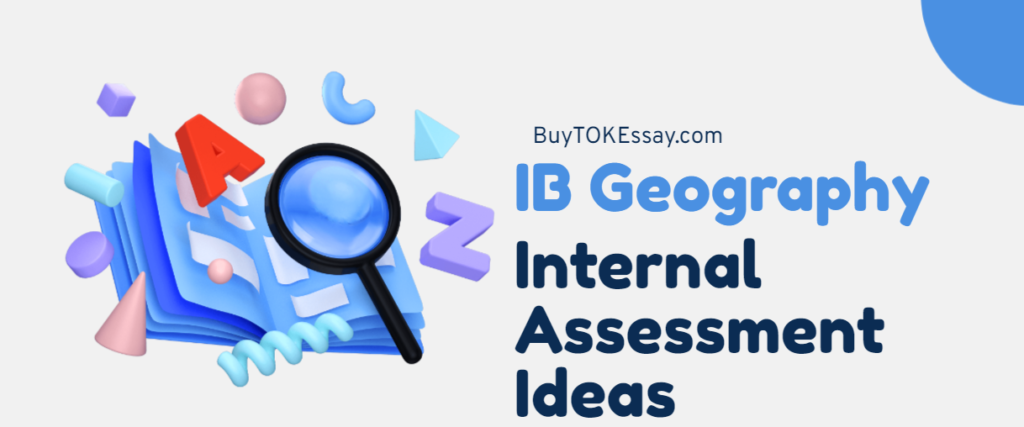

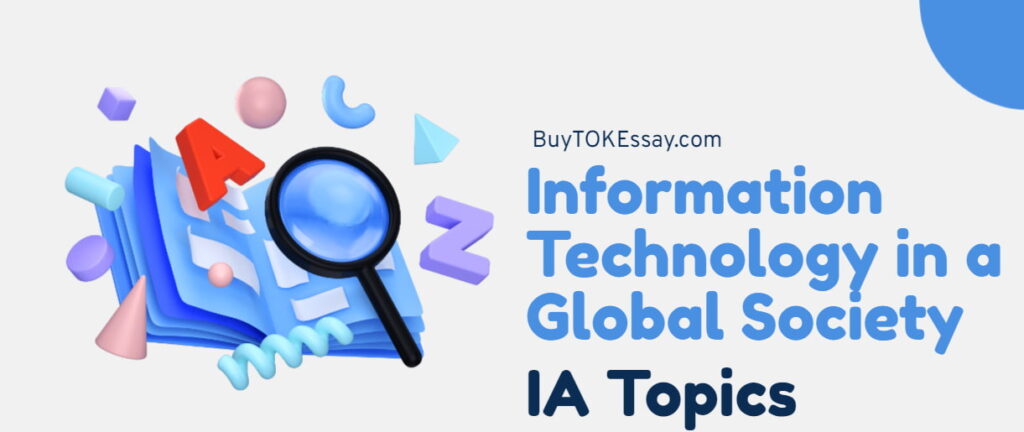
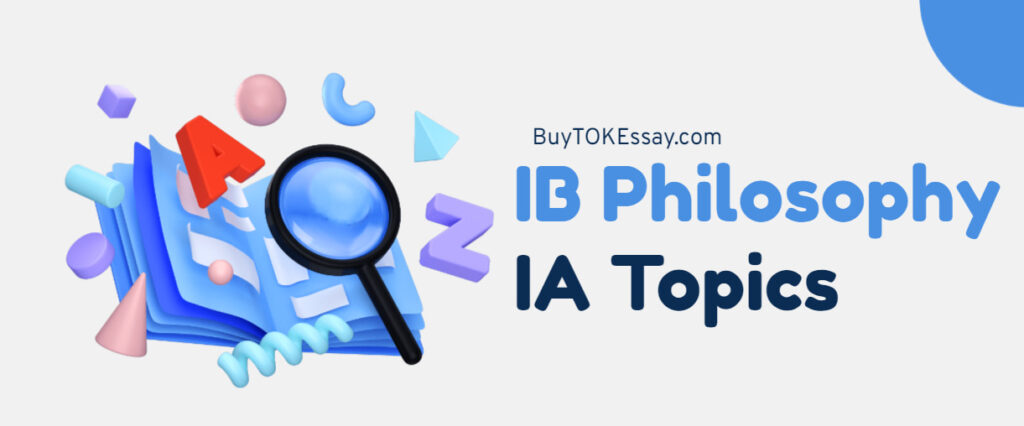
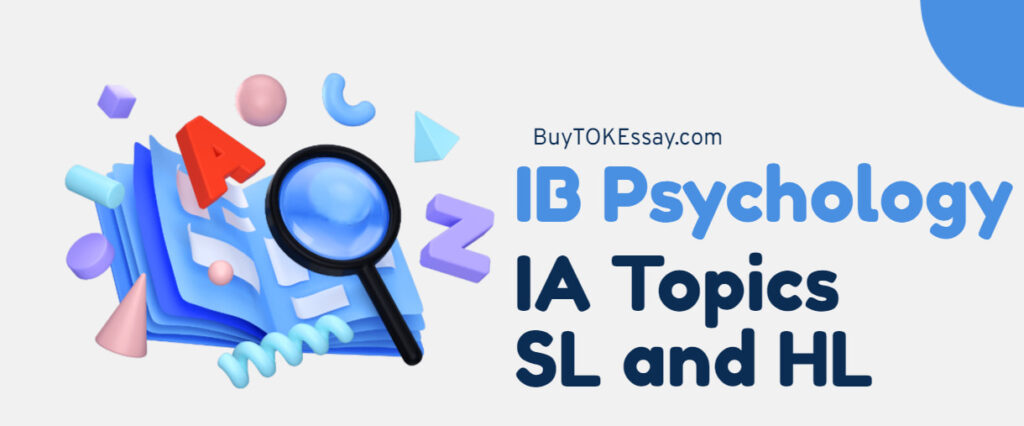
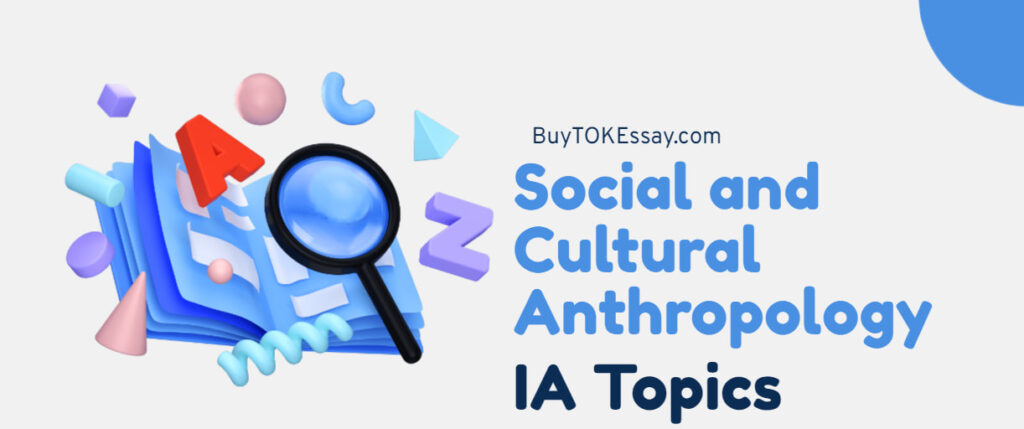
Hey people!!!!! Good mood and good luck to everyone with your assignment!!!!!